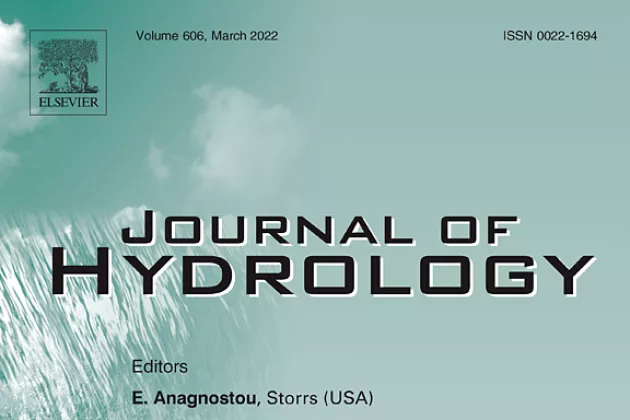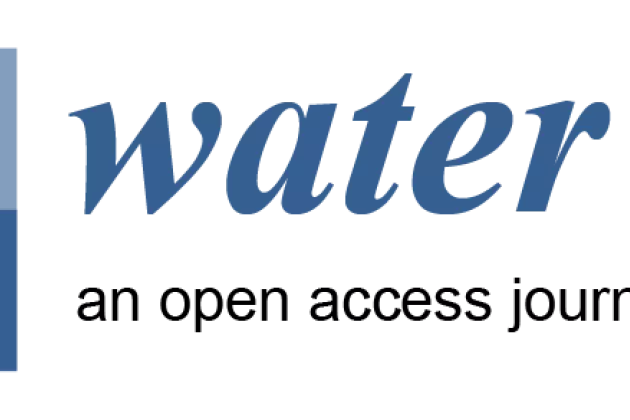Due to limited groundwater resources in arid and semi-arid areas, conjunctive use of surface water and groundwater is becoming increasingly important. In view of this, there are needs to improve the methods for conjunctive use of surface and groundwater. Using numerical models, optimization algorithms, and machine learning, we created a new comprehensive methodological structure for optimal allocation of surface and groundwater resources and optimal extraction of groundwater. The surface and groundwater system was simulated by MODFLOW to reflect groundwater transport and aquifer conditions. The important Marvdasht aquifer in the south of Iran was used as an experimental study area to test the methodology. In this context, we developed an optimal conjunctive exploitation model for dry and wet years using two new evolutionary algorithms, i.e., whale optimization algorithm (WOA) and firefly algorithm (FA). These were used in combination with the group method of data handling (GMDH) and least squares support vector machine (LS-SVM) to estimate sustainable groundwater withdrawal. The results show that the FA is more efficient in calculating optimal conjunctive water supply so that about 61% of water needs were met in the worst scenario for surface water resources, while it was 52% using the WOA. By applying the optimal conjunctive model during the simulation period, the groundwater level increased by about 0.4 and 0.55 m using the WOA and FA, respectively. The results of Taylor’s diagram, box plot diagram, and rock diagram with error evaluation criteria, i.e., root mean square error (RMSE), mean absolute error (MAE), and Nash–Sutcliffe efficiency (NSE), showed that the GMDH (RMSE = 6.04 MCM, MAE = 3.89 MCM, and NSE = 0.99) was slightly better than LS-SVM (RMSE = 6.36 MCM, MAE = 4.50 MCM, and NSE = 0.98) to estimate optimal groundwater use. The results show that machine learning models are cost- and time-effective solutions to estimate optimal exploitation of groundwater resources in complex combined surface and groundwater supply problems. The methodology can be used to better estimate sustainable exploitation of groundwater resources by water resources managers.
Estimating Sustainable Groundwater Use in Iran Through Machine Learning

CMES Deputy Director Ronny Berndtsson has co-authored the article "A hybrid approach based on simulation, optimization, and estimation of conjunctive use of surface water and groundwater resources" together with Naser Arya Azar (University of Tabriz), Zahra Kayhomayoon (Payame Noor University), Sami Ghordoyee Milan (University of Tehran), HamedReza Zarif Sanayei (Shahre Kord University) and Zahra Nematollahi (Shahre Kord University). The article is available in the journal Environmental Science and Pollution Research.




